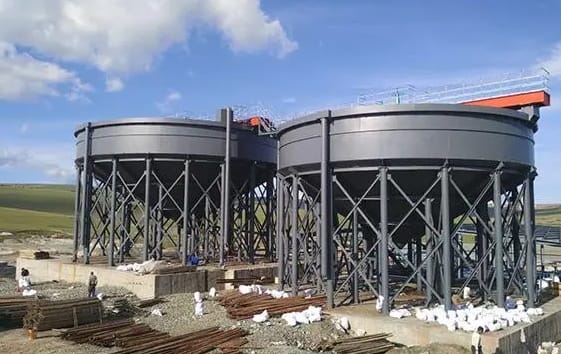In-Depth Exploration of the Pre-Shipment Inspection Process
Pre-shipment inspection is a critical aspect of ensuring the quality and integrity of goods before they are dispatched. This process involves a series of meticulous steps and evaluations to safeguard the interests of all parties involved.

The first stage of the pre-shipment inspection process typically begins with the gathering of relevant information. This includes details about the order, the products to be inspected, and the specific requirements and standards that need to be met. Inspectors thoroughly review the documentation to gain a clear understanding of what is expected.
Once the information is gathered, the inspection team proceeds to the actual inspection site. Here, they carefully examine the goods themselves. This includes inspecting the physical appearance, checking for any visible defects or damage, and ensuring that the packaging is adequate and secure. They may also measure and verify the dimensions and specifications of the products to ensure they conform to the requirements.
In some cases, additional tests may be conducted. These could include quality tests such as tensile strength testing, chemical composition analysis, or performance testing. These tests provide further insights into the quality and functionality of the products.
During the inspection, the inspectors meticulously document every detail. They take photographs, note down any observations or issues, and prepare a detailed report. This report serves as an important record and is shared with the relevant parties, including the manufacturer, the buyer, and other stakeholders.
The findings of the pre-shipment inspection can have significant implications. If any issues are identified, it may lead to negotiations between the parties to resolve the problems. It could involve reworking the products, making adjustments to the packaging, or even delaying the shipment until the issues are resolved.
The pre-shipment inspection process also plays a vital role in risk management. By identifying potential problems in advance, it helps to minimize the risk of receiving defective or substandard goods. It also provides an opportunity to address any issues early on, avoiding costly delays and disruptions later in the supply chain.
Furthermore, the pre-shipment inspection process is not just about ensuring the quality of the goods. It also contributes to building trust and maintaining good relationships between trading partners. When both parties are confident in the inspection process and the results, it strengthens the business partnership and promotes future collaborations.
In conclusion, the pre-shipment inspection process is a comprehensive and essential procedure that is integral to international trade. It provides a safeguard against potential risks, ensures the quality and conformity of goods, and contributes to the smooth functioning of the supply chain. Understanding and adhering to this process is crucial for businesses involved in global trade to maintain their reputation, meet customer expectations, and achieve success in the competitive marketplace.
What do you think of this article? You can provide further feedback or suggestions if you have any other ideas.
Learn more Successful Arctic module fabrication, steel structure, modular and skid, steelwork, supplier audit, DNV Class, Oil & Gas, welding supervisor, welding quality inspection, CWI CSWIP welding inspector, pump and pipe, stainless steel fabrication and CNAS ISO 17025 9712 NDT NDE practice via below-
https://www.jsc-safe.com/steel-structures-modules-machining/
